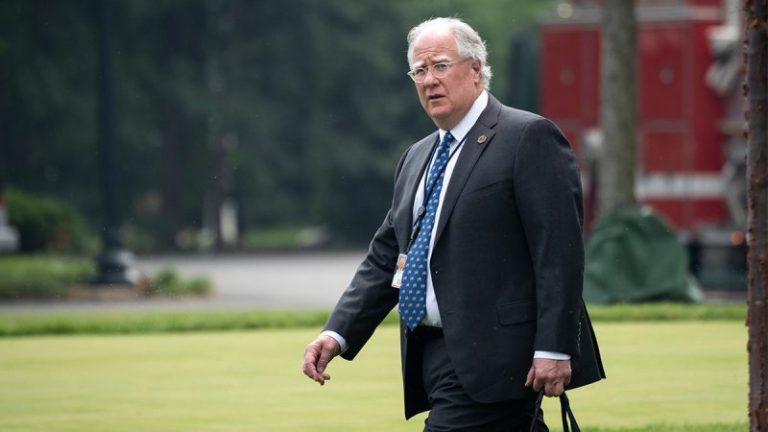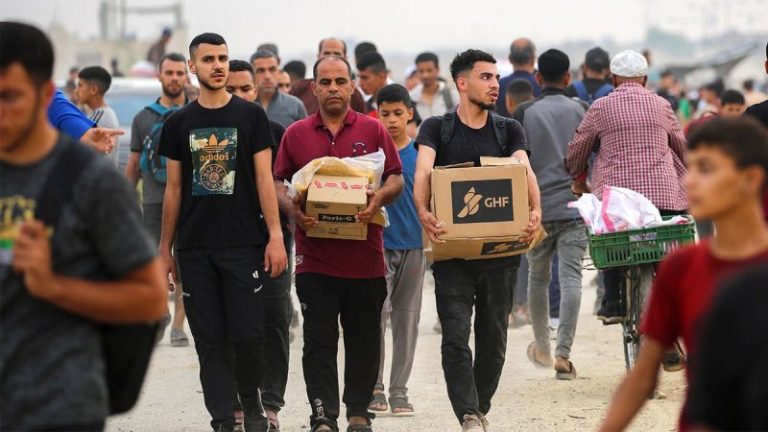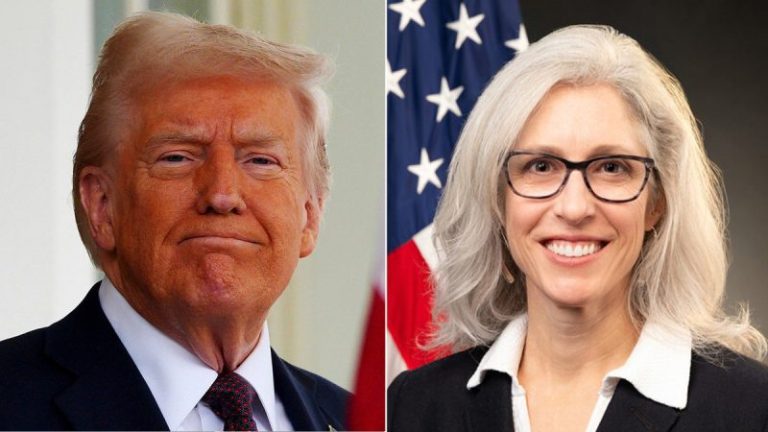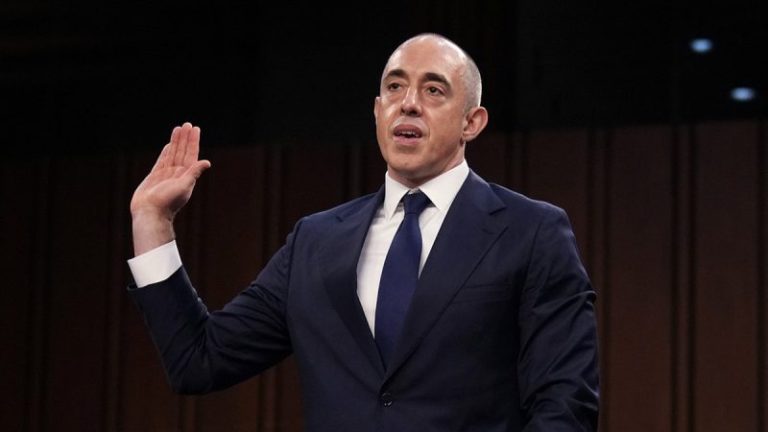A longtime ally of former President Joe Biden is appearing before House investigators on Thursday, the eighth ex-White House aide to be summoned for Oversight Committee Chair James Comer’s probe.
Michael Donilon served as senior advisor to the president for the entirety of Biden’s four-year term.
He’s now expected to sit down with House Oversight Committee staff for a closed-door transcribed interview that could last several hours.
Comer, R-Ky., is investigating whether Biden’s top White House aides concealed signs of mental decline in the then-president, and if that meant executive actions were signed via autopen without his knowledge.
Donilon will likely be of key interest to investigators, considering his decades-long working relationship with the former president.
He first began working for Biden in 1981 as a strategist, pollster, and media advisor, according to a biography by the Harvard University Institute of Politics, where he was a Spring 2025 fellow.
Biden was serving as a senator from Delaware at the time.
He also served as chief strategist on Biden’s 2020 and 2024 campaigns before Biden dropped his re-election bid in July 2024.
The loyal former aide accused the Democratic Party of melting down earlier this year after top left-wing leaders forced Biden out of the 2024 presidential race over his disastrous debate against current President Donald Trump.
‘Lots of people have terrible debates. Usually the party doesn’t lose its mind, but that’s what happened here. It melted down,’ he said at a Harvard event in February.
It comes after another close former aide, ex-counselor to the president Steve Ricchetti, appeared before investigators for his own transcribed interview on Wednesday.
Like Ricchetti, Donilon is appearing on voluntary terms – the fifth ex-Biden aide to do so.
Three of the previous six Biden administration officials who appeared before the House Oversight Committee did so under subpoena. Ex-White House physician Kevin O’Connor, as well as former advisors Annie Tomasini and Anthony Bernal, all pleaded the Fifth Amendment during their compulsory sit-downs.
But the four voluntary transcribed interviews that have occurred so far have lasted more than five hours, as staff for both Democrats and Republicans take turns in rounds of questioning.
‘You were reportedly responsible for erecting a wall between the former president and senators ‘to shield Biden from bad information.’ Recently, during an event at Harvard University, you displayed your willingness to speak about the former president’s cognition but you reportedly ‘denounced claims that the president’s acuity and judgment declined,” Comer wrote in a June letter to Donilon asking him to appear.
‘The scope of your responsibilities—both official and otherwise—and personal interactions within the Oval Office cannot go without investigation. If White House staff carried out a strategy lasting months or even years to hide the chief executive’s condition—or to perform his duties—Congress may need to consider a legislative response.’










